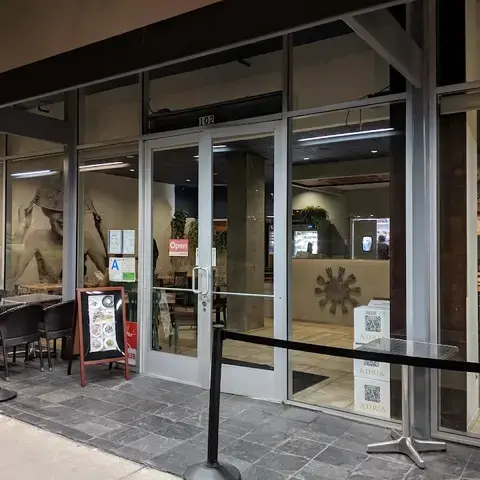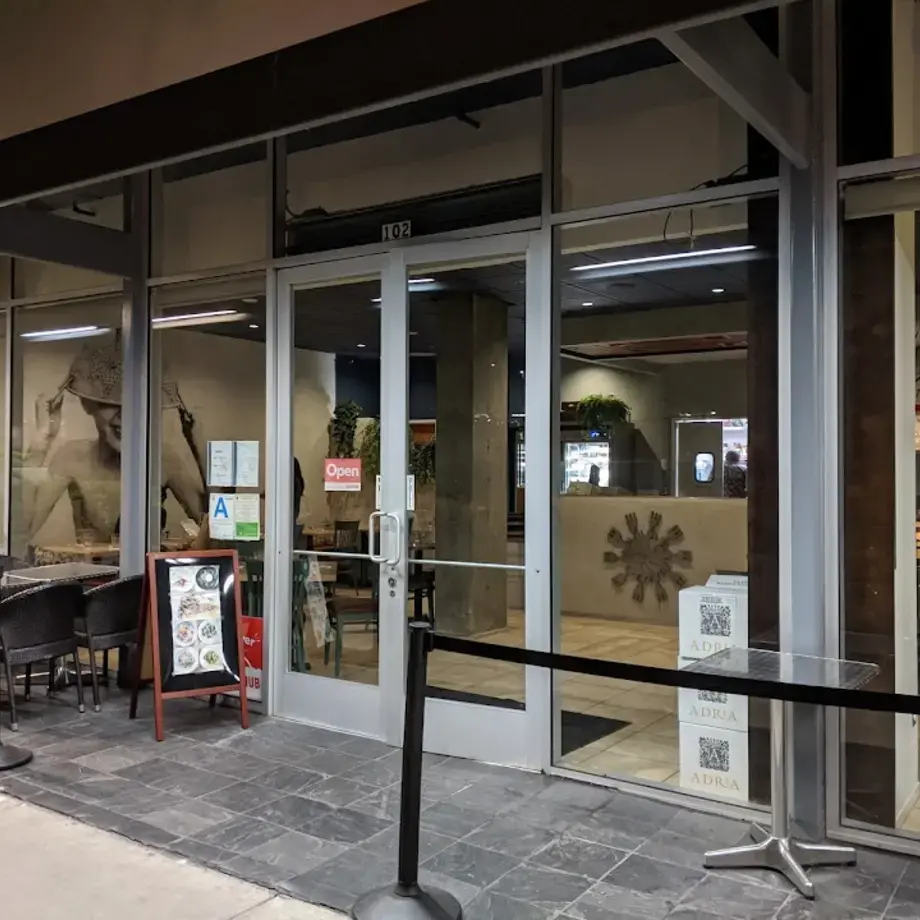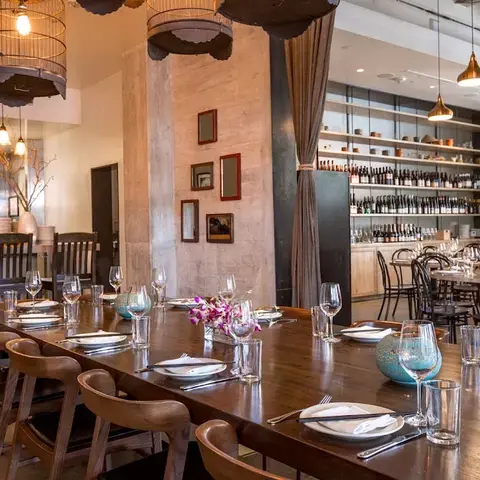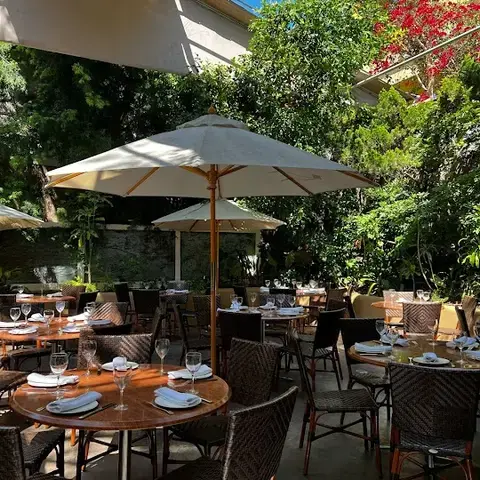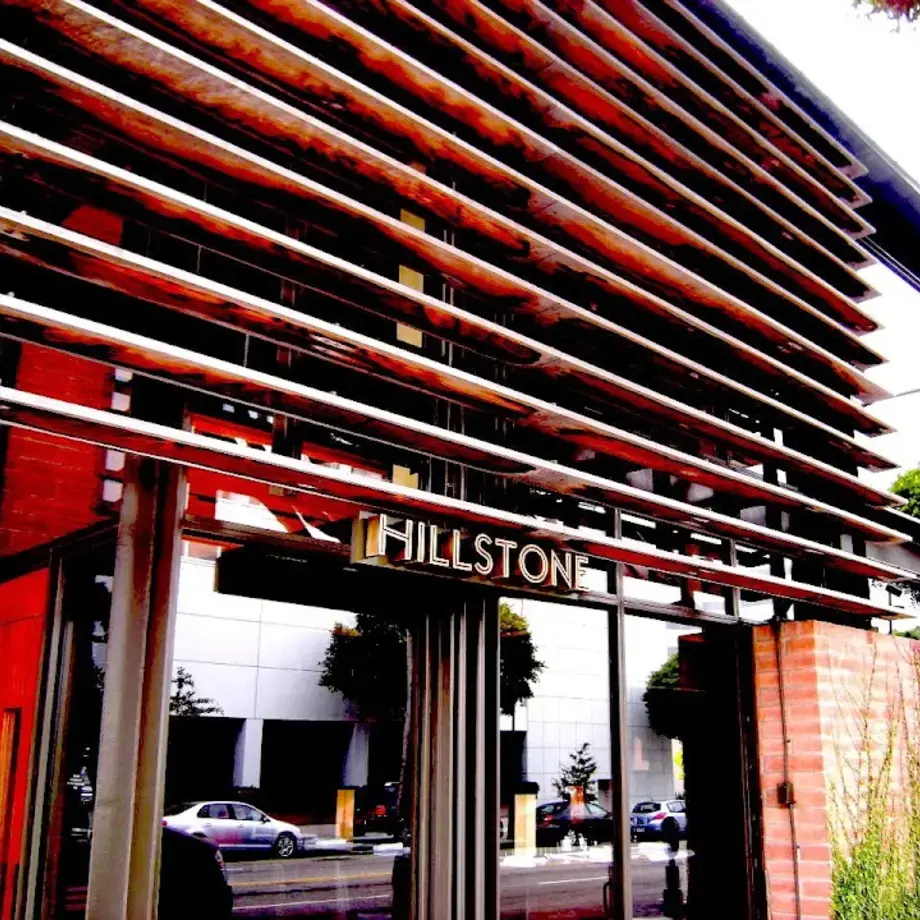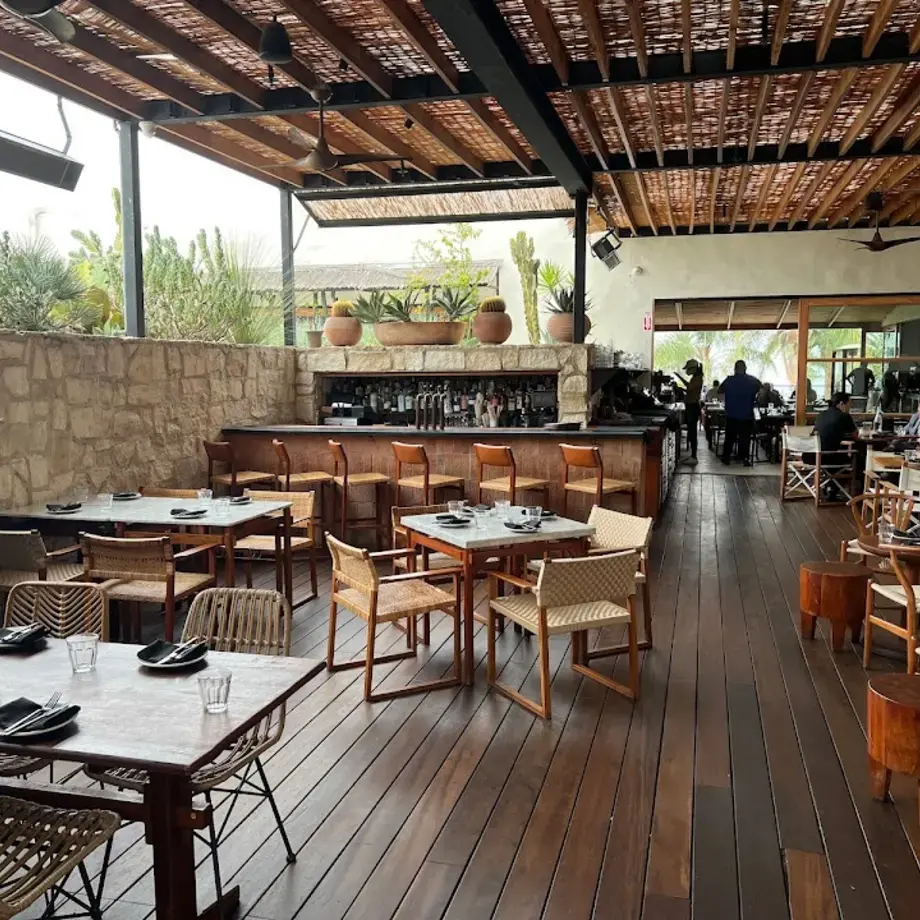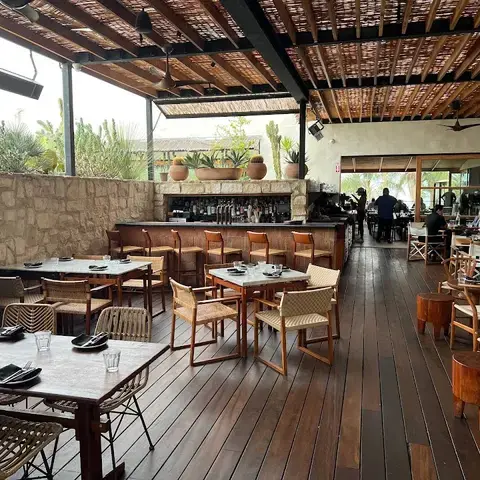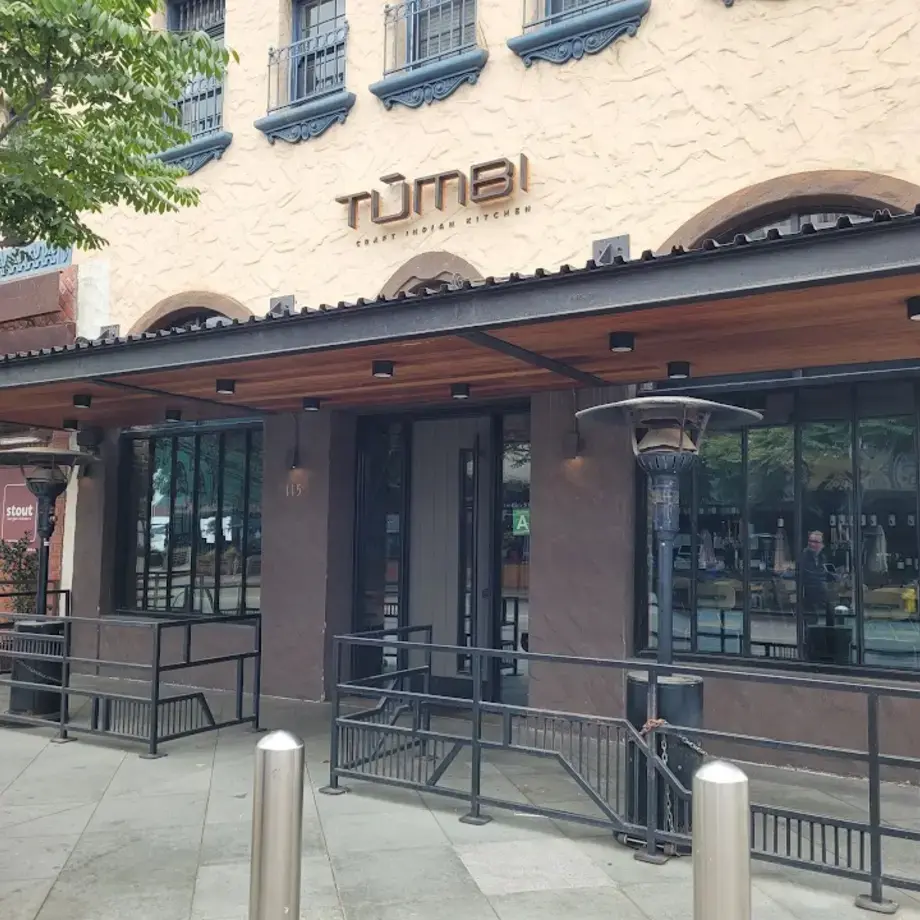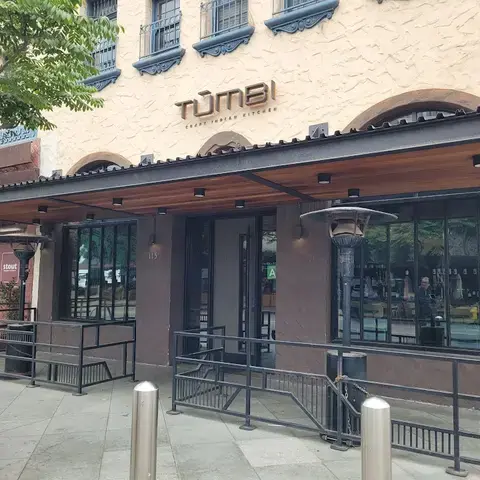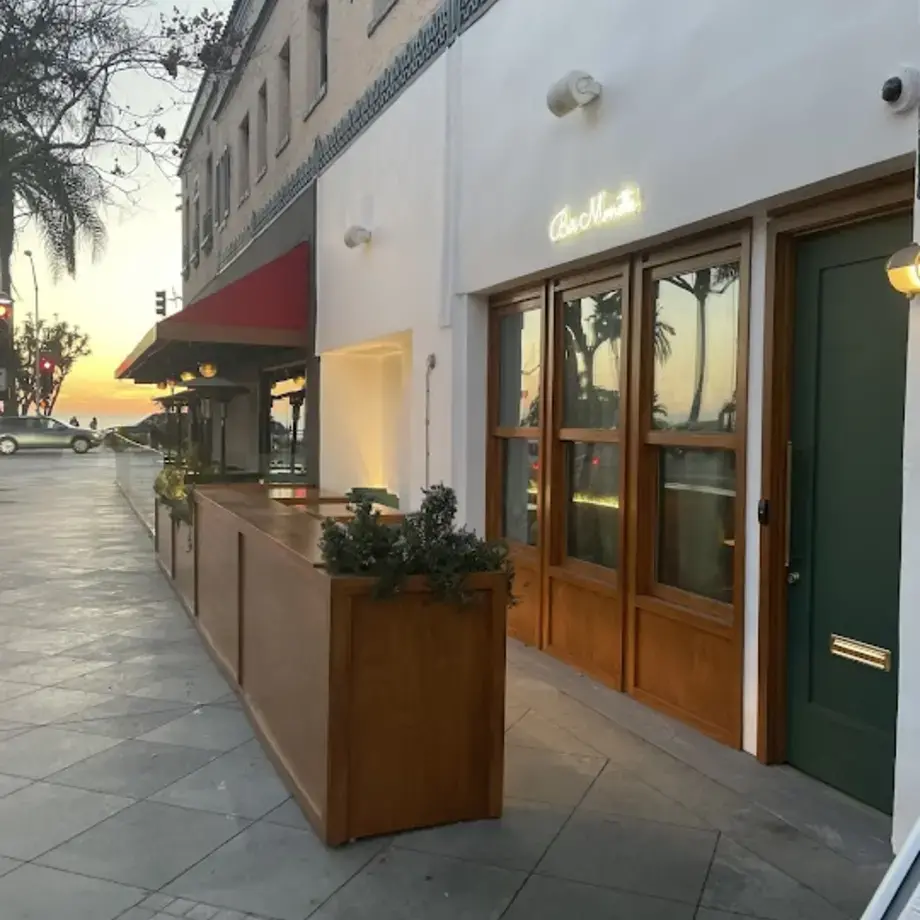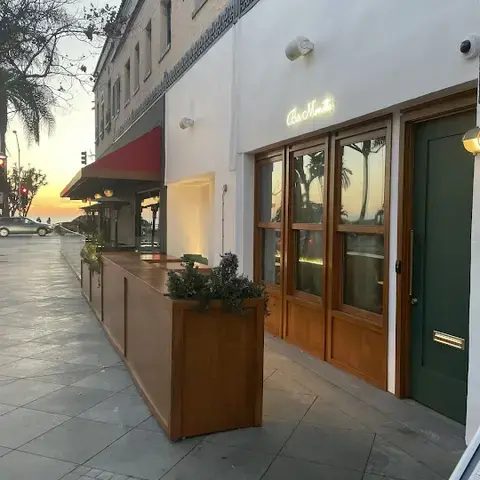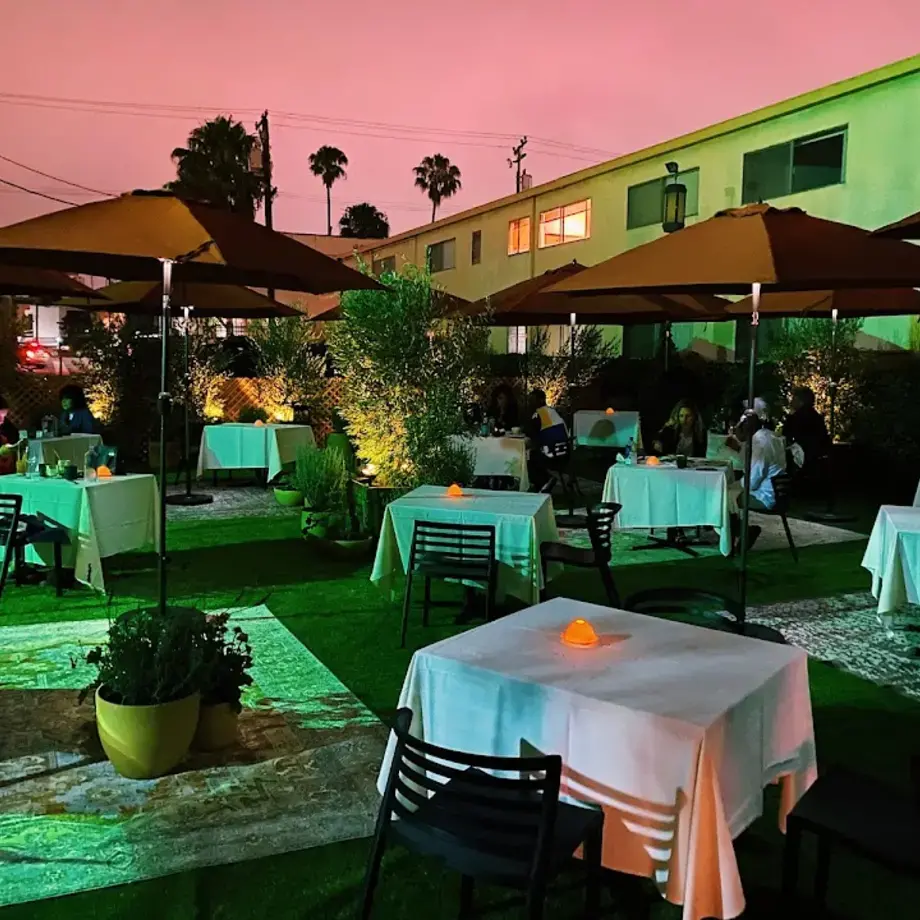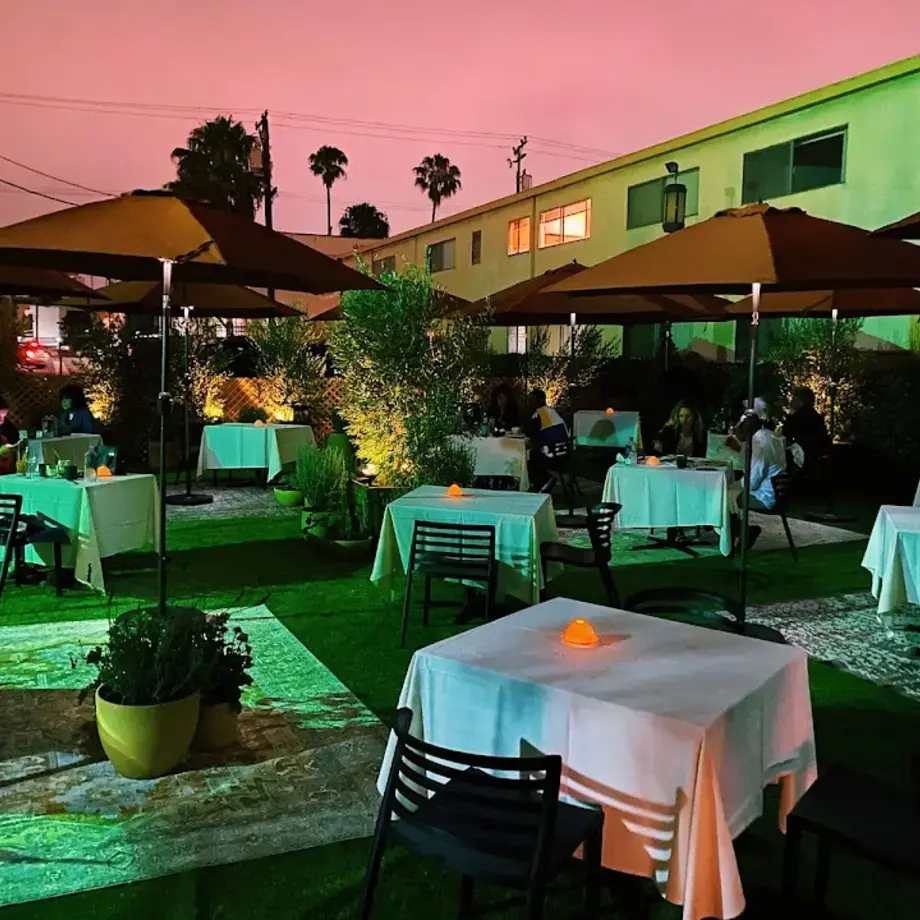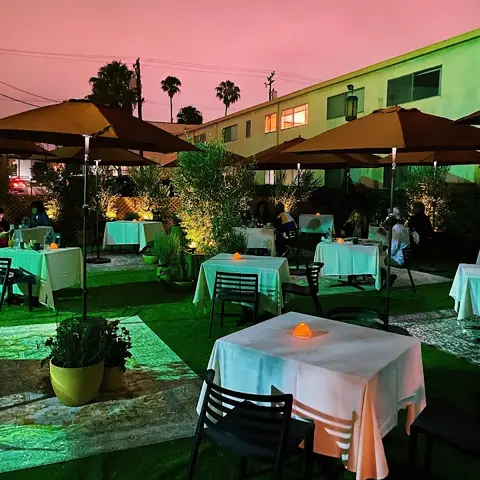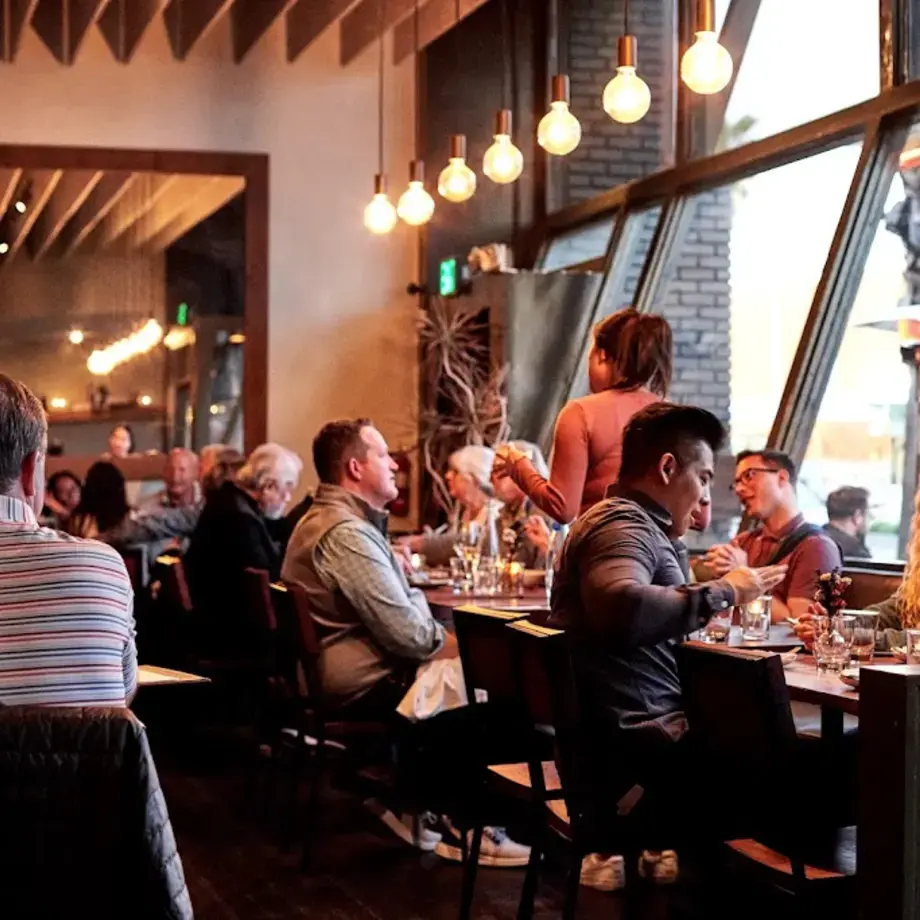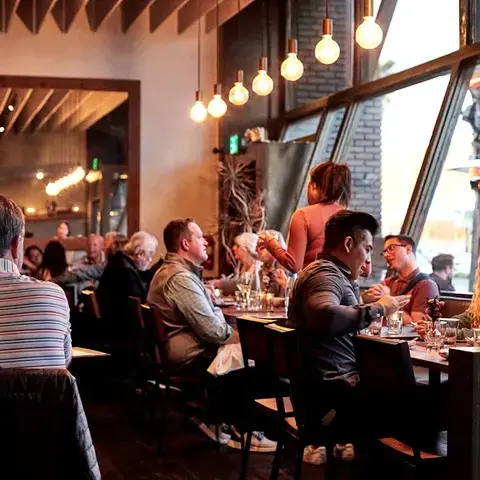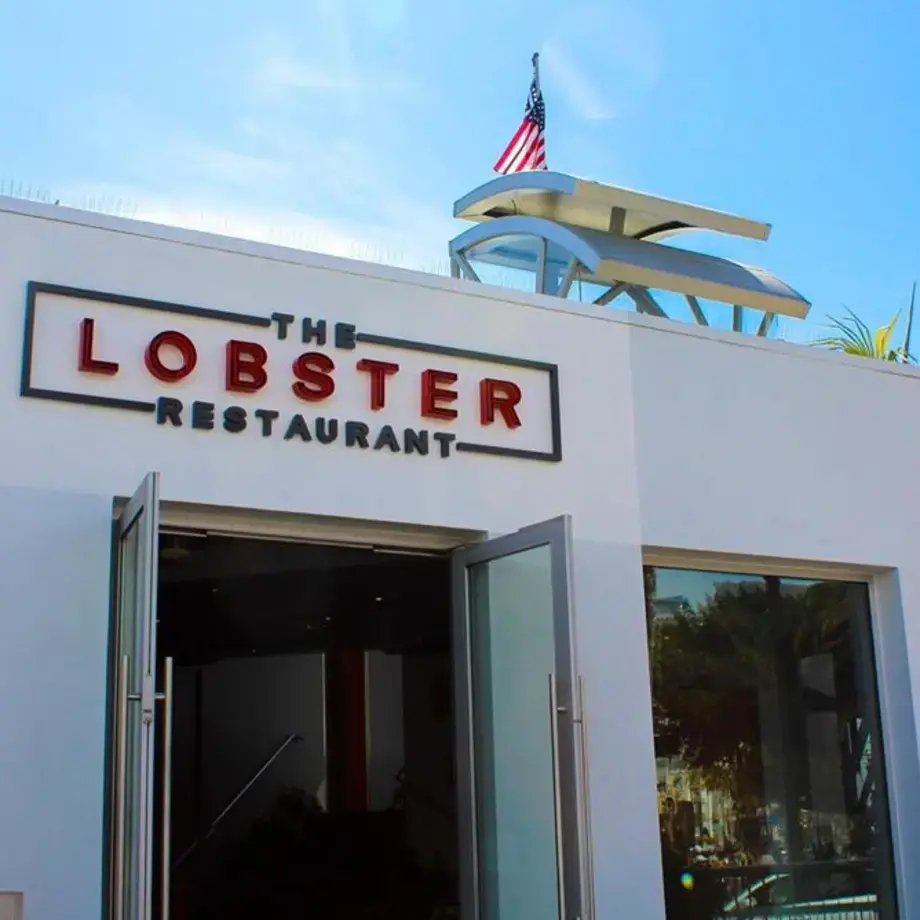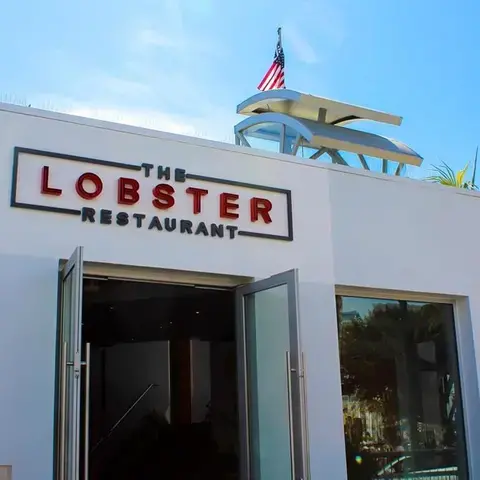Colapasta brings the essence of Italian home cooking to Santa Monica's vibrant 5th Street. With a welcoming atmosphere and minimalist decor highlighting natural wood accents, the restaurant evokes the intimate feel of a cozy trattoria. The open kitchen allows diners to witness the culinary team expertly crafting each dish, filling the space with the inviting aromas of freshly prepared pasta.
The menu at Colapasta celebrates the simplicity and freshness of Italian cuisine, emphasizing handmade pastas created daily from high-quality ingredients. Guests might savor classics like spaghetti alla carbonara, where al dente pasta mingles with a creamy sauce of eggs and pecorino cheese, or explore seasonal dishes that showcase locally sourced produce. Each plate is thoughtfully presented, letting the vibrant colors and textures of the ingredients take center stage without unnecessary embellishments.
Earning recognition from the Michelin Guide with a Bib Gourmand award, Colapasta delivers exceptional value without compromising on quality or flavor. This distinction underscores the restaurant's commitment to offering delicious meals at moderate prices, making authentic Italian dining accessible to a broader audience. A curated selection of Italian wines complements the menu, enhancing the overall experience with varietals that pair naturally with the cuisine.
At the core of Colapasta's culinary philosophy is a dedication to authentic flavors and traditional techniques. The team focuses on time-honored recipes passed down through generations, bringing a genuine taste of Italy to Los Angeles County. By using simple, fresh ingredients, they allow natural flavors to shine, reflecting the Italian belief that great food doesn't need to be overly complicated.
Whether stopping in for a casual lunch or settling in for an intimate dinner, diners find that Colapasta offers an experience both comforting and refined. The restaurant appeals to those who appreciate the nuances of traditional Italian cooking and value the craftsmanship involved in making pasta by hand. Standing out in Santa Monica's dining scene, Colapasta stays true to its roots, providing an authentic culinary journey that resonates with locals and visitors alike.
